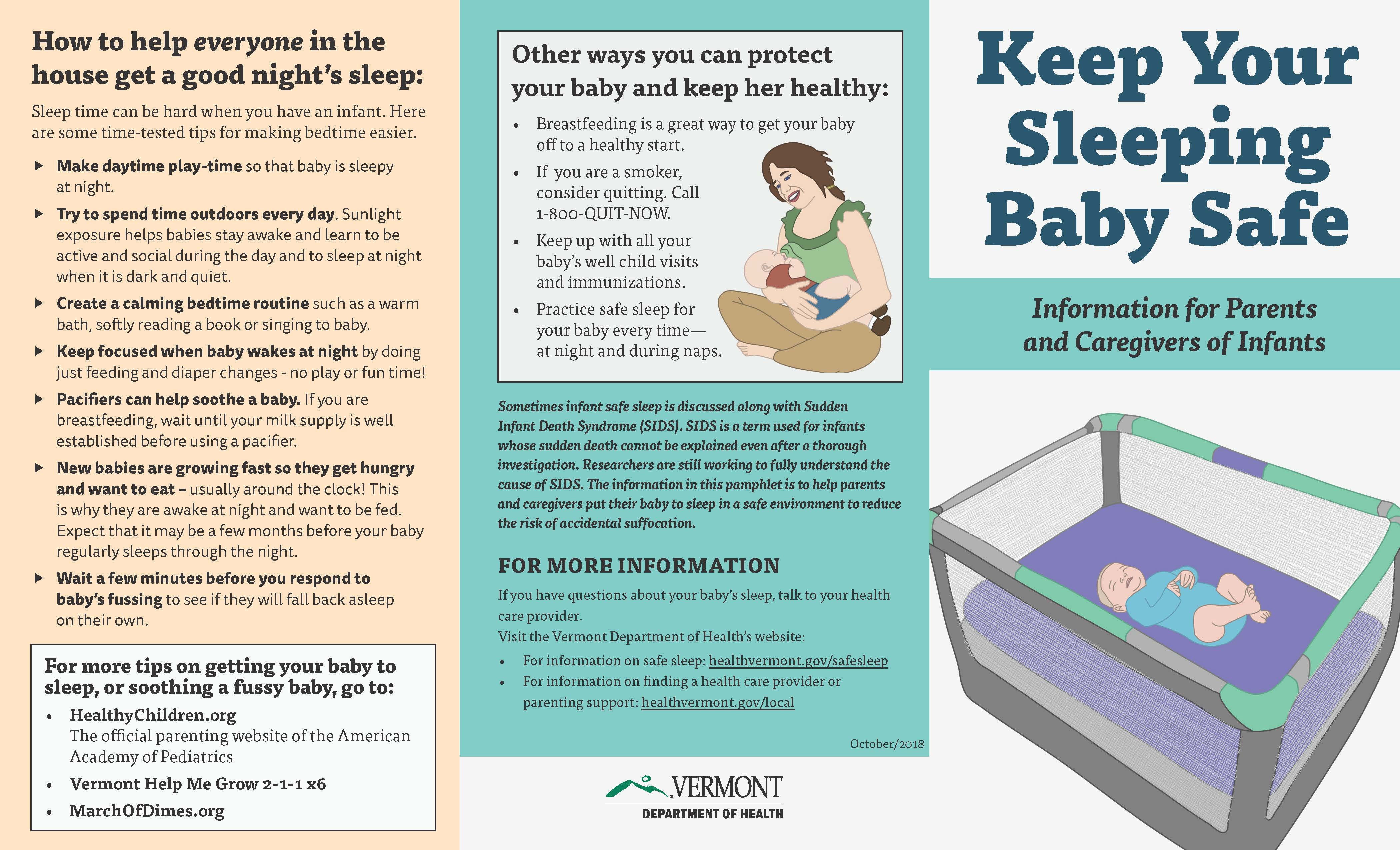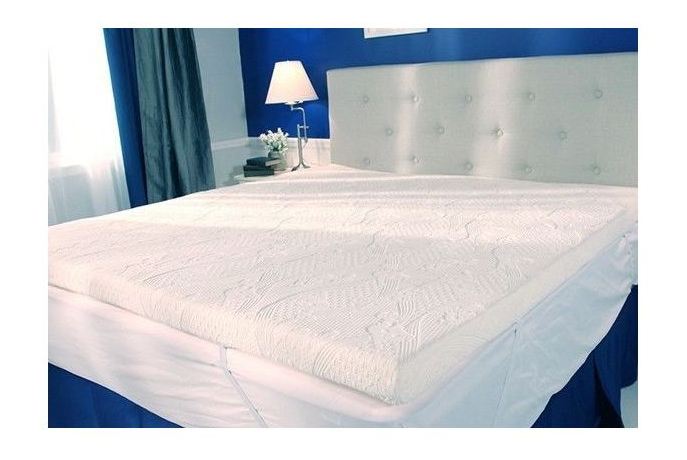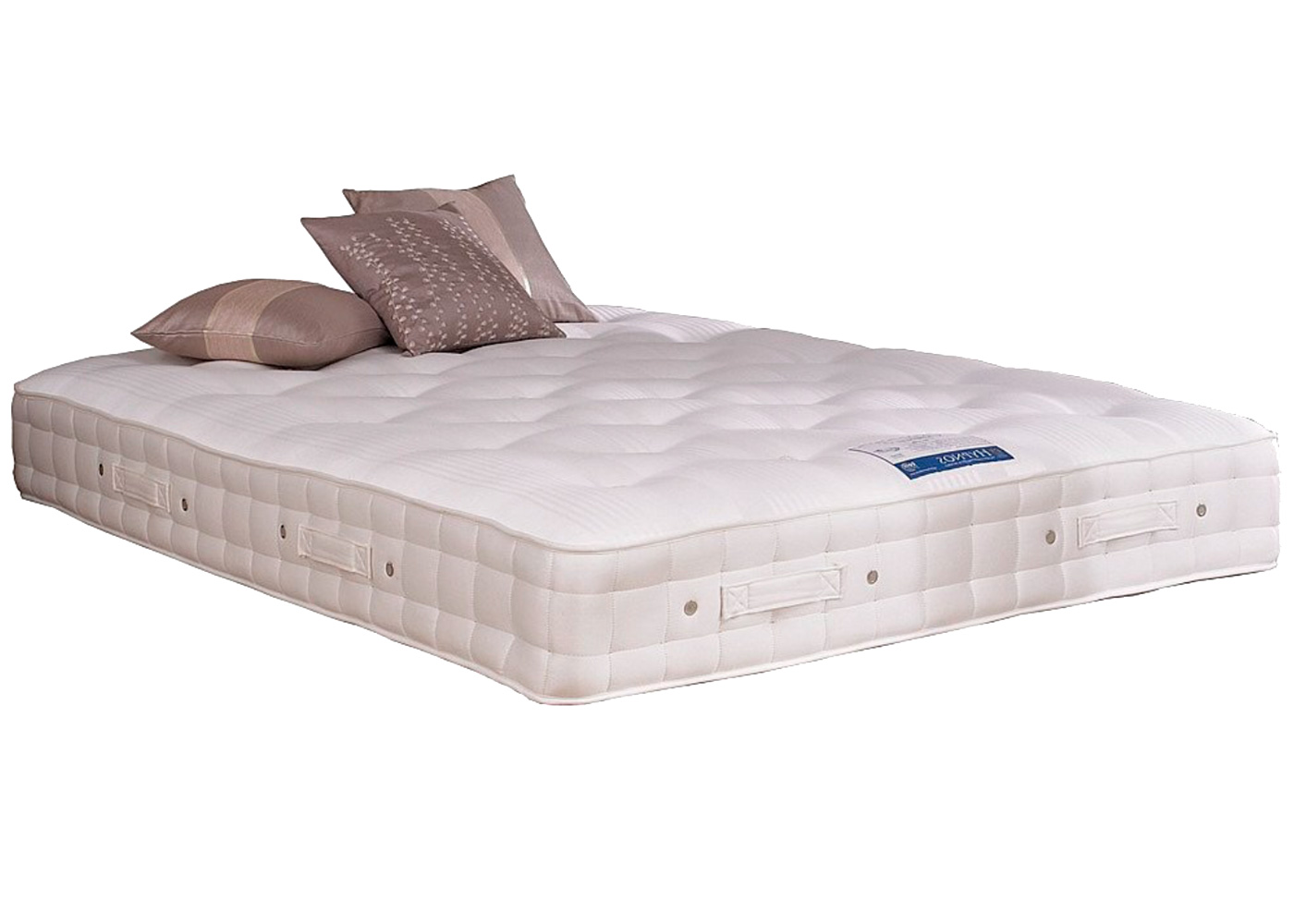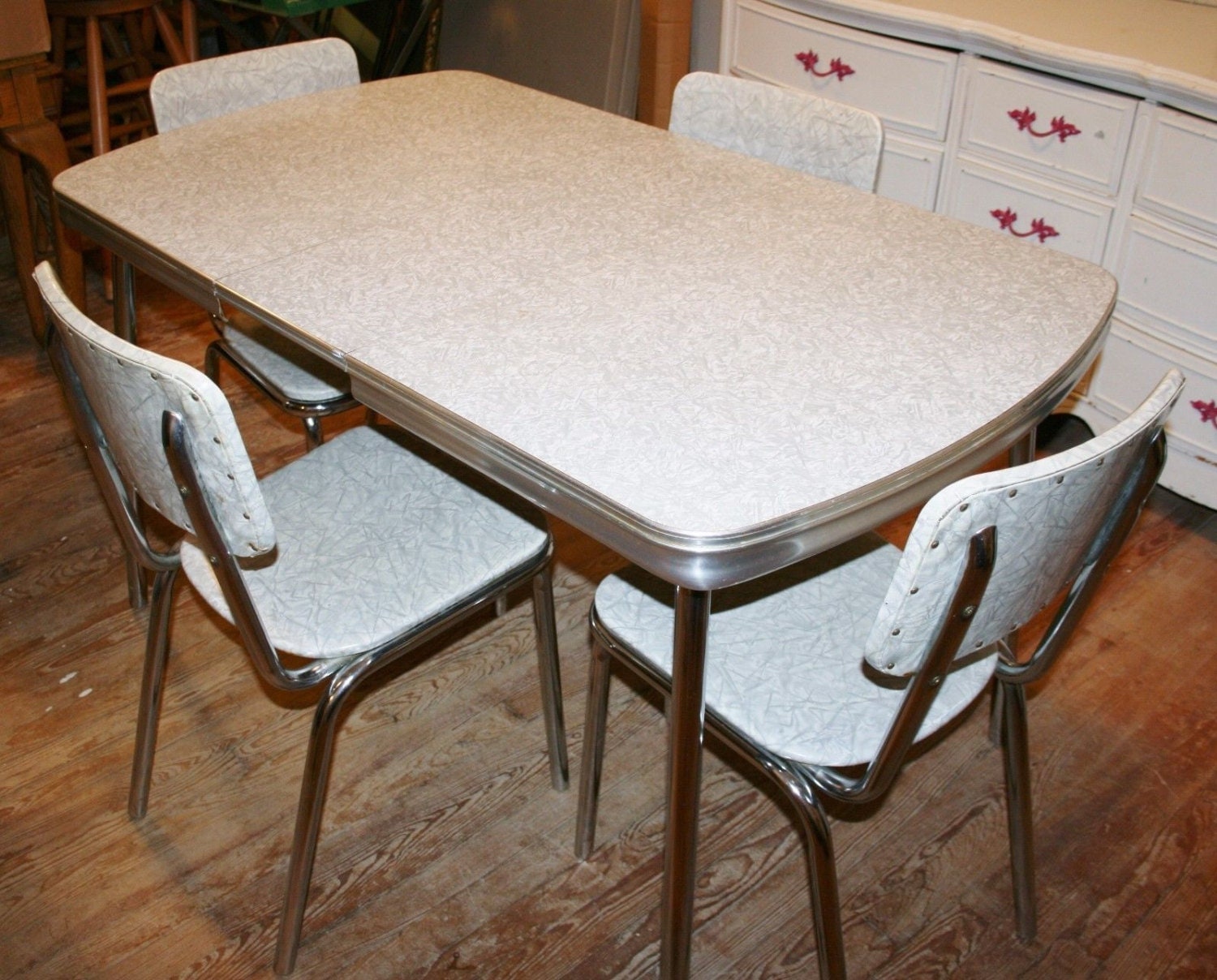Crib mattresses are an essential item for every nursery, but as a parent, it's important to make sure that your baby's mattress is safe and meets all the necessary standards. The Consumer Product Safety Commission (CPSC) is a government agency that sets mandatory safety standards for all consumer products, including crib mattresses. CPSC standards for crib mattresses require them to be free from harmful chemicals and materials that could potentially harm your baby. This includes restrictions on the use of certain flame retardants, phthalates, and lead. They also require crib mattresses to be durable and able to withstand normal use without breaking or causing any hazards. It's important to always check for the CPSC certification before purchasing a crib mattress for your baby.Consumer Product Safety Commission (CPSC) Standards for Crib Mattresses
In addition to CPSC standards, crib mattresses must also meet the safety standards set by the American Society for Testing and Materials (ASTM). These standards ensure that the crib mattress is properly designed and constructed to prevent suffocation and other hazards. ASTM standards require crib mattresses to have a minimum thickness of 4 inches and a maximum thickness of 6 inches. This ensures that the mattress is the right size for the crib and that there is no risk of entrapment or suffocation. They also require the corners of the mattress to be rounded to reduce the risk of injury. Always check for the ASTM certification when purchasing a crib mattress.American Society for Testing and Materials (ASTM) Standards for Crib Mattresses
Safety is of utmost importance when it comes to your baby's crib mattress, and that includes protection from fire hazards. The U.S. Federal Flammability Standards require all crib mattresses to meet certain fire safety requirements. These standards require crib mattresses to be able to resist ignition from an open flame for at least 30 minutes. This ensures that in the event of a fire, your baby will have enough time to be safely removed from the crib. It's important to always choose a mattress that meets these standards to ensure the safety of your little one.U.S. Federal Flammability Standards for Crib Mattresses
If you're concerned about the potential toxins and chemicals in your baby's crib mattress, look for one that has a Greenguard Gold certification. This certification ensures that the mattress has been tested and proven to have low chemical emissions, making it safe for your baby's health. Greenguard Gold certified crib mattresses have been tested for over 360 different chemicals and have met strict emission standards. This means that your baby will not be exposed to harmful chemicals while sleeping on the mattress. It's a great option for parents looking for a more eco-friendly and non-toxic crib mattress.Greenguard Gold Certification for Crib Mattresses
For parents who want to ensure that their baby's crib mattress is made from natural and organic materials, look for a certified organic mattress. These mattresses are made with certified organic cotton, wool, and latex, and are free from harmful chemicals and toxins. Organic crib mattresses are also hypoallergenic and resistant to dust mites, making them a great option for babies with allergies or sensitive skin. They are also durable and long-lasting, making them a worthwhile investment for your baby's health and comfort.Certified Organic Crib Mattresses
The Juvenile Products Manufacturers Association (JPMA) is a non-profit organization that certifies products for babies and children, including crib mattresses. The JPMA certification ensures that the product meets all safety standards and has been tested by an independent laboratory. When purchasing a crib mattress, always look for the JPMA certification to ensure that it meets all safety requirements and has been tested for quality and durability. This will give you peace of mind knowing that you are providing your baby with a safe and high-quality mattress.JPMA Certification for Crib Mattresses
In addition to meeting all safety standards, crib mattresses are also required to have warning labels that provide important safety information for parents. These labels are required by the CPSC and must be visible on the mattress. The warning labels typically include information about the proper use and care of the mattress, as well as any potential hazards to be aware of. It's important to read and follow these labels to ensure the safety of your baby while using the crib mattress.CPSC Warning Labels for Crib Mattresses
To reduce the risk of suffocation and entrapment, it's important to ensure that the crib mattress fits snugly in the crib and that it is firm and supportive. According to the American Academy of Pediatrics (AAP), a firm mattress is the safest option for babies to sleep on. This means that the mattress should not indent under your baby's weight. It's also important to make sure that the mattress fits tightly in the crib with no gaps or spaces between the mattress and the crib walls. This will prevent your baby from getting trapped and potentially injured. Always follow the manufacturer's guidelines for proper crib mattress fit and firmness.Proper Fit and Firmness Requirements for Crib Mattresses
As mentioned before, crib mattresses are required to be free from harmful chemicals and toxins that could potentially harm your baby's health. Some of the chemicals and toxins that are restricted or banned in crib mattresses include flame retardants, phthalates, and lead. When purchasing a crib mattress, look for labels that indicate it is free from these harmful substances. You can also do some research on the brand and materials used to ensure that your baby is sleeping on a safe and non-toxic mattress.Chemical and Toxin Restrictions for Crib Mattresses
In addition to meeting all safety standards, it's important to follow safe sleep guidelines to ensure that your baby is sleeping in a safe environment. This includes placing your baby on their back to sleep, using a firm and flat mattress, and avoiding loose bedding and soft objects in the crib. Following these guidelines can reduce the risk of Sudden Infant Death Syndrome (SIDS) and other sleep-related accidents. It's important to always prioritize your baby's safety and well-being when it comes to their sleep environment.Safe Sleep Guidelines for Crib Mattresses
Safety Standards for Crib Mattresses
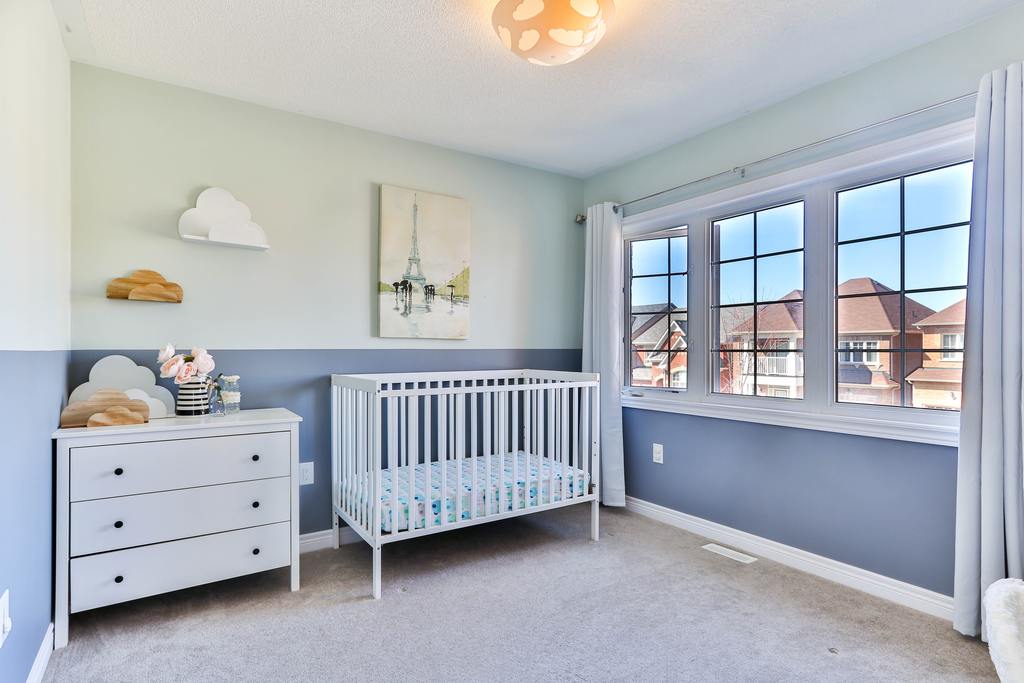
Ensuring the Safety of Your Baby's Sleep
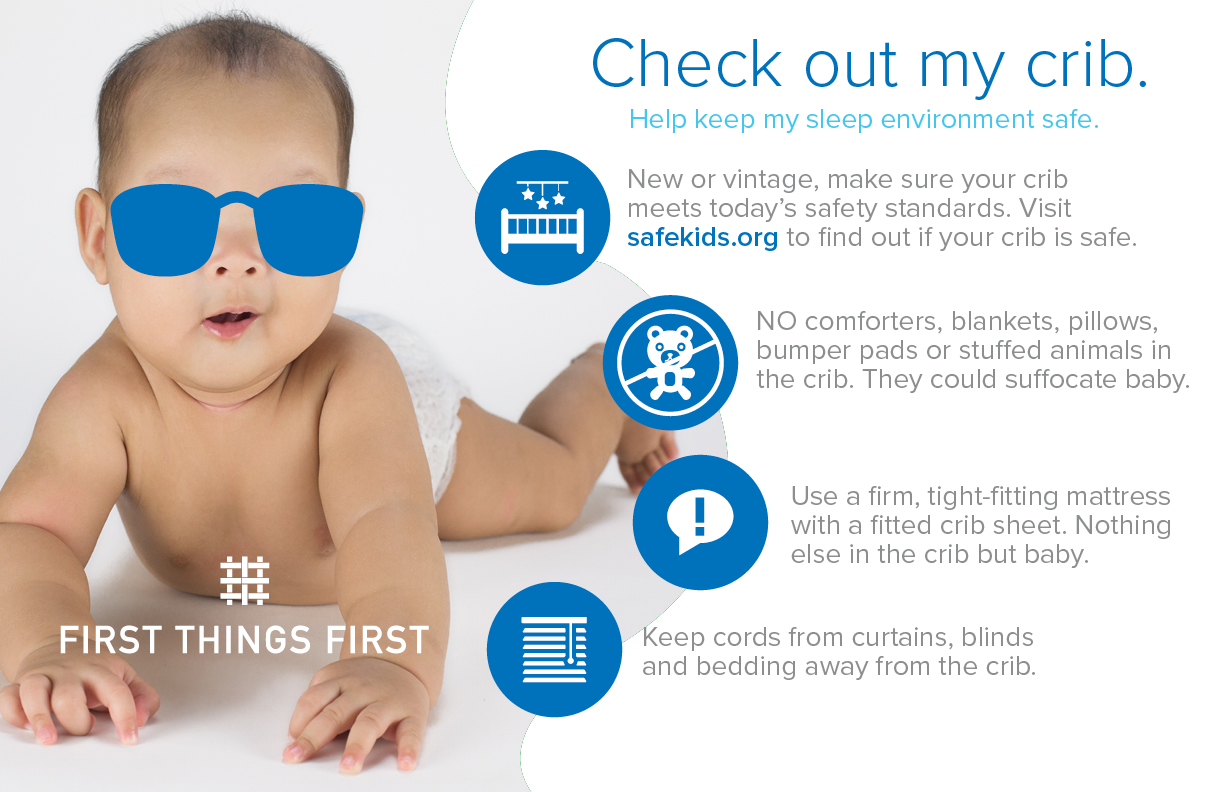 When it comes to designing a nursery for your little one, safety should always be the top priority. From baby-proofing the electrical outlets to choosing non-toxic paints, every aspect of the room should be carefully considered. One item that often gets overlooked is the crib mattress, but it is just as important as the crib itself. In fact, the Consumer Product Safety Commission (CPSC) has strict safety standards in place for crib mattresses to protect your baby while they sleep.
Main Keyword:
Safety Requirements for Crib Mattresses
Related Keywords:
Nursery Design, Baby-Proofing, Non-Toxic Paints, Consumer Product Safety Commission, Protect Your Baby, Sleep
When it comes to designing a nursery for your little one, safety should always be the top priority. From baby-proofing the electrical outlets to choosing non-toxic paints, every aspect of the room should be carefully considered. One item that often gets overlooked is the crib mattress, but it is just as important as the crib itself. In fact, the Consumer Product Safety Commission (CPSC) has strict safety standards in place for crib mattresses to protect your baby while they sleep.
Main Keyword:
Safety Requirements for Crib Mattresses
Related Keywords:
Nursery Design, Baby-Proofing, Non-Toxic Paints, Consumer Product Safety Commission, Protect Your Baby, Sleep
Firmness is Key
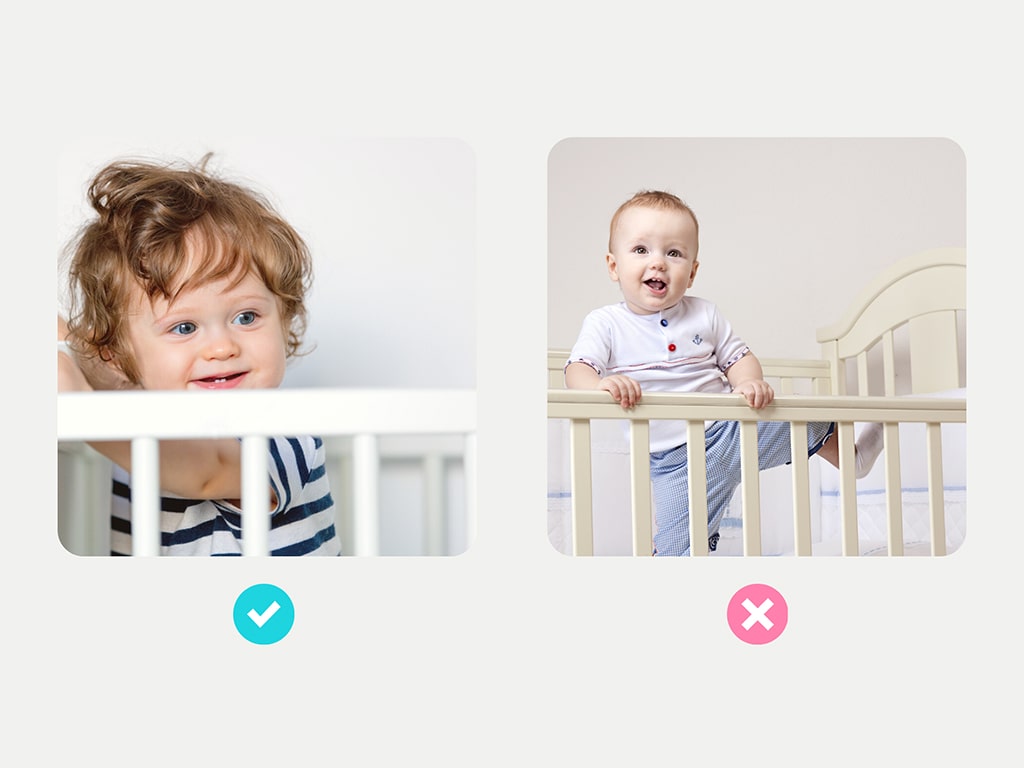 According to the CPSC, one of the most important safety requirements for crib mattresses is firmness. A firm mattress helps prevent suffocation and decreases the risk of Sudden Infant Death Syndrome (SIDS). When shopping for a crib mattress, be sure to check the firmness by pressing down on the center and edges. The mattress should bounce back and not conform to the shape of your hand.
According to the CPSC, one of the most important safety requirements for crib mattresses is firmness. A firm mattress helps prevent suffocation and decreases the risk of Sudden Infant Death Syndrome (SIDS). When shopping for a crib mattress, be sure to check the firmness by pressing down on the center and edges. The mattress should bounce back and not conform to the shape of your hand.
Snug Fit
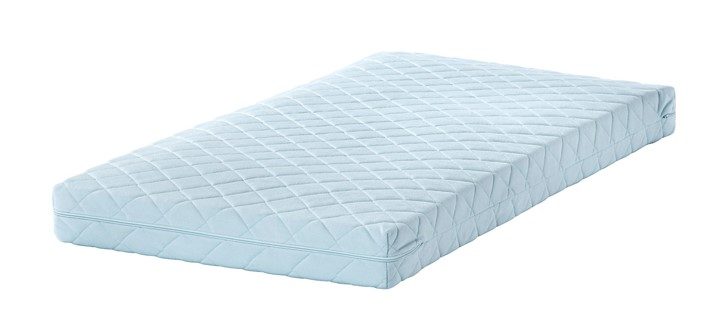 Another important safety standard for crib mattresses is the snug fit within the crib. The mattress should fit tightly against all sides of the crib with no gaps or spaces. This prevents your baby from getting trapped between the mattress and the crib, reducing the risk of suffocation. To ensure a snug fit, measure your crib and purchase a mattress that fits those exact dimensions.
Another important safety standard for crib mattresses is the snug fit within the crib. The mattress should fit tightly against all sides of the crib with no gaps or spaces. This prevents your baby from getting trapped between the mattress and the crib, reducing the risk of suffocation. To ensure a snug fit, measure your crib and purchase a mattress that fits those exact dimensions.
Flame Retardant Materials
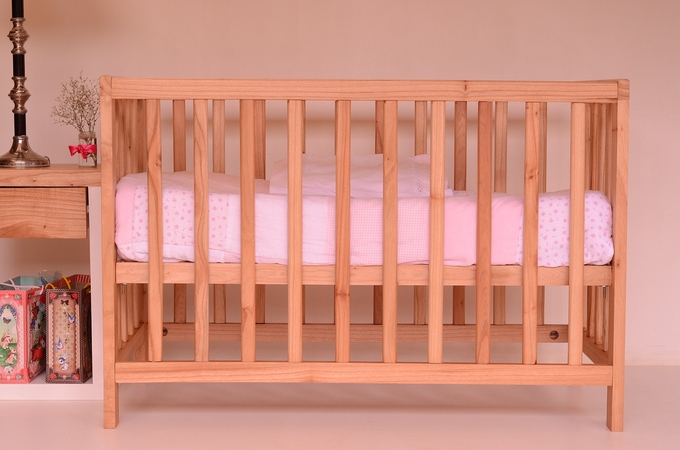 In order to reduce the risk of fire, the CPSC also requires that all crib mattresses be made with flame retardant materials. Look for mattresses that have a label stating they meet federal flammability standards. This is especially important if you plan on using a crib mobile or any other hanging decorations above the crib.
In order to reduce the risk of fire, the CPSC also requires that all crib mattresses be made with flame retardant materials. Look for mattresses that have a label stating they meet federal flammability standards. This is especially important if you plan on using a crib mobile or any other hanging decorations above the crib.
Waterproof Cover
 Babies are known for their messy accidents, so a waterproof cover on the crib mattress is essential. This not only protects the mattress from stains and damage, but it also prevents the growth of mold and bacteria. Look for a mattress with a waterproof cover that is easily removable and washable.
Babies are known for their messy accidents, so a waterproof cover on the crib mattress is essential. This not only protects the mattress from stains and damage, but it also prevents the growth of mold and bacteria. Look for a mattress with a waterproof cover that is easily removable and washable.
Hypoallergenic Materials
 It's no secret that babies have sensitive skin, so it's important to choose a crib mattress made with hypoallergenic materials. This will help prevent any skin irritation or allergies. Look for mattresses made with organic and non-toxic materials, such as cotton or bamboo, to ensure your baby is sleeping on a safe and comfortable surface.
It's no secret that babies have sensitive skin, so it's important to choose a crib mattress made with hypoallergenic materials. This will help prevent any skin irritation or allergies. Look for mattresses made with organic and non-toxic materials, such as cotton or bamboo, to ensure your baby is sleeping on a safe and comfortable surface.
Conclusion
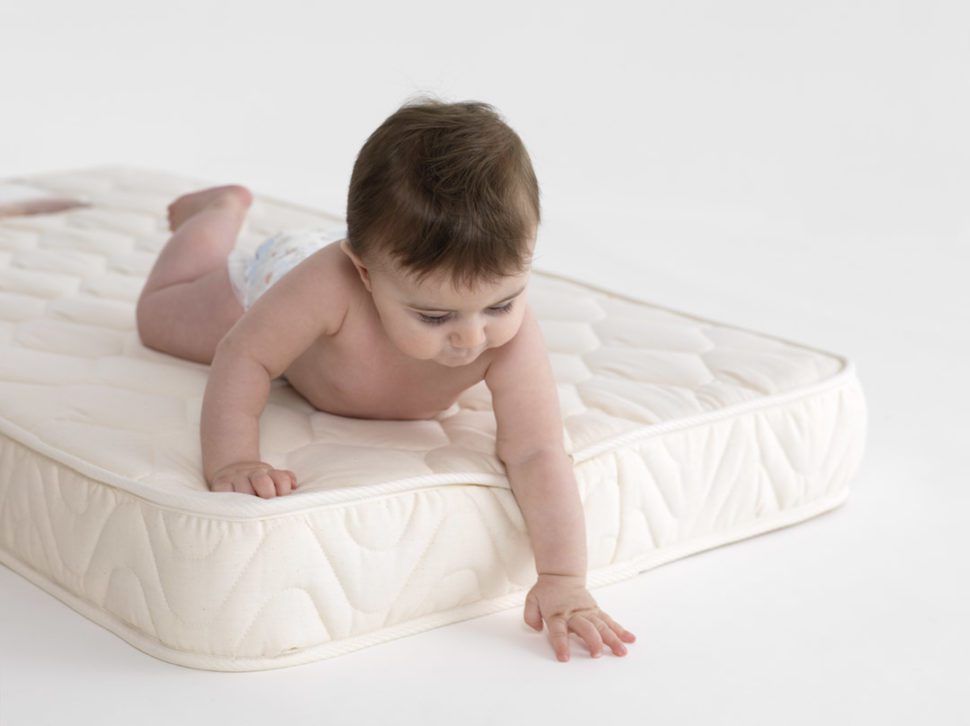 When designing your baby's nursery, don't overlook the importance of a safe and comfortable crib mattress. By following the CPSC's safety standards, you can rest easy knowing your baby is sleeping in a secure and healthy environment. Remember to always check the firmness, fit, materials, and cover of the mattress before making a purchase. Your baby's safety should always come first.
When designing your baby's nursery, don't overlook the importance of a safe and comfortable crib mattress. By following the CPSC's safety standards, you can rest easy knowing your baby is sleeping in a secure and healthy environment. Remember to always check the firmness, fit, materials, and cover of the mattress before making a purchase. Your baby's safety should always come first.
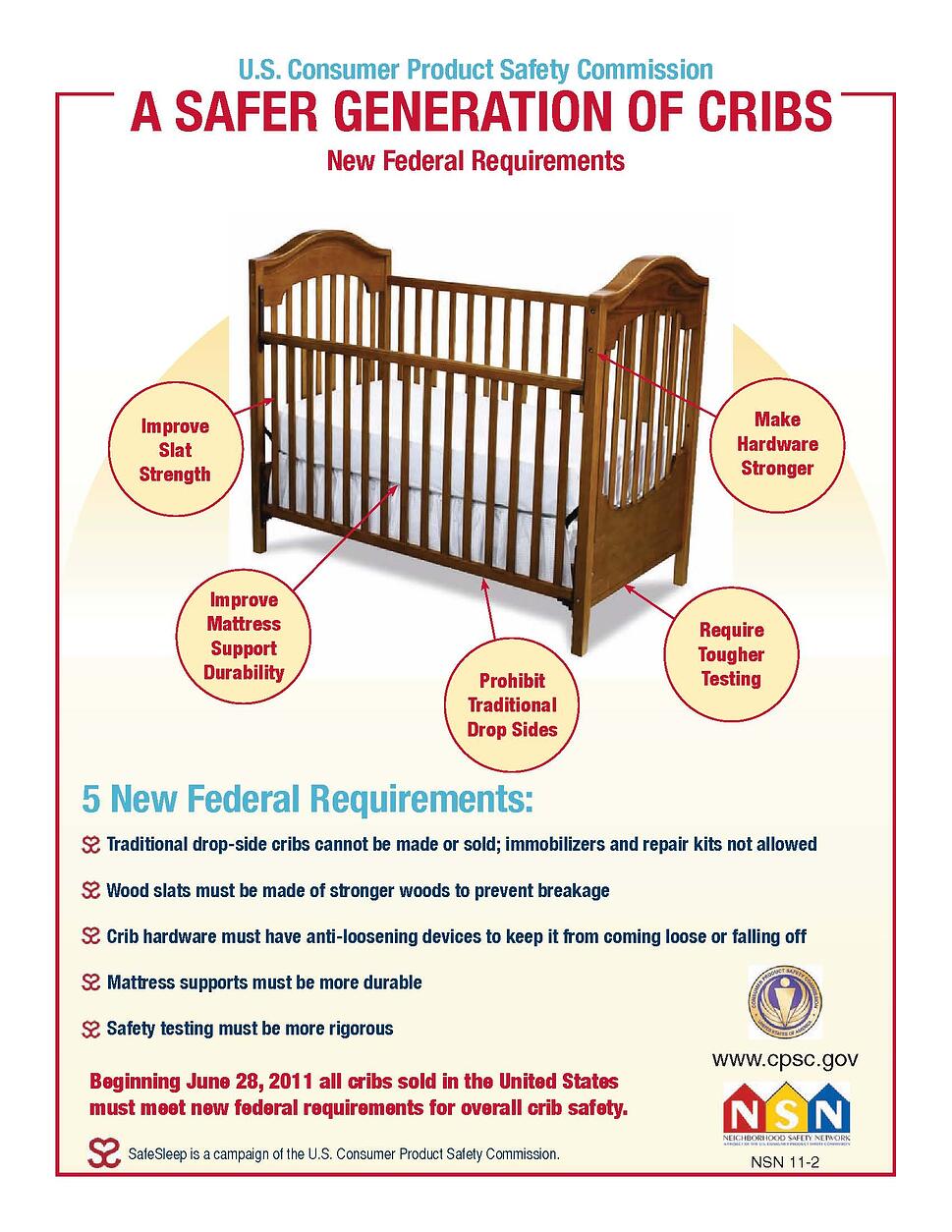


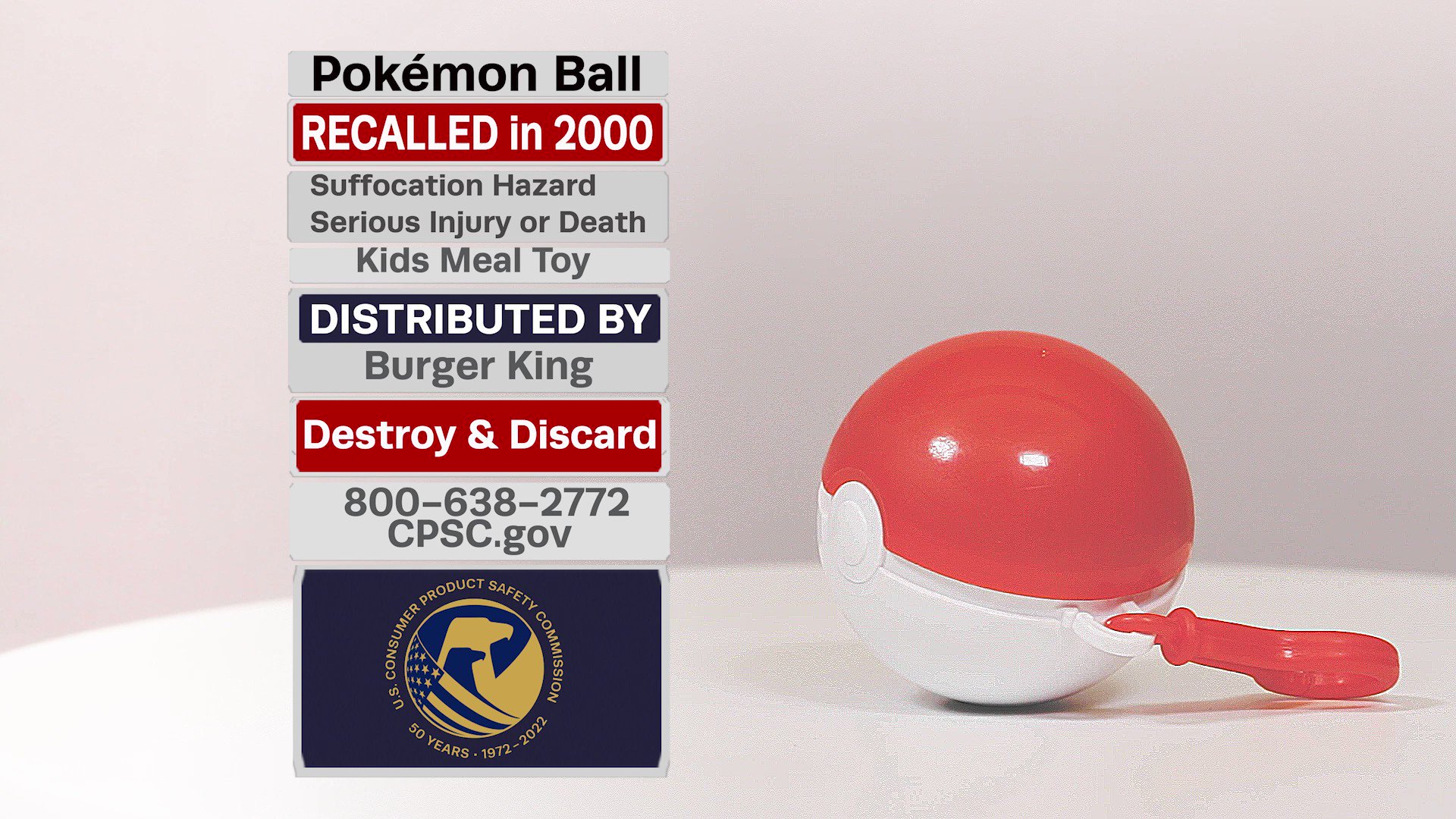

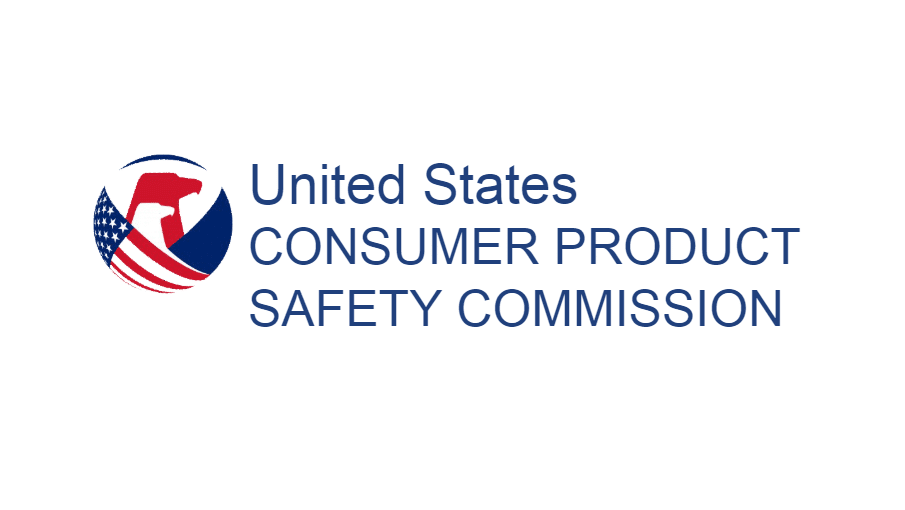




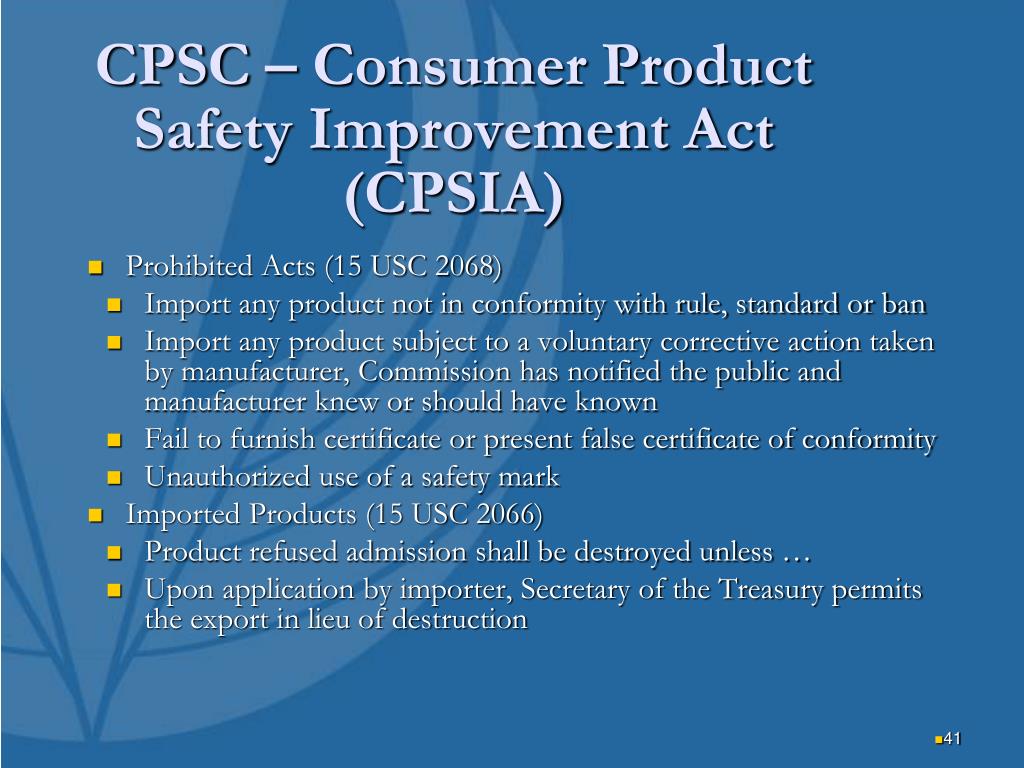




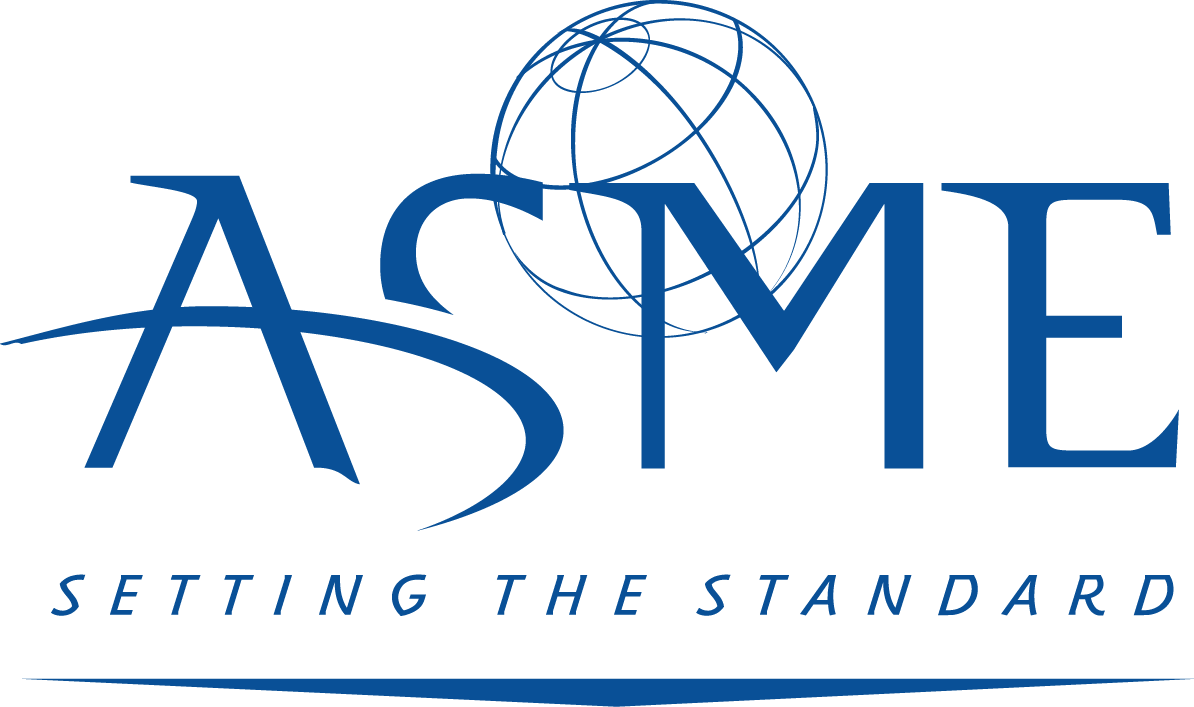
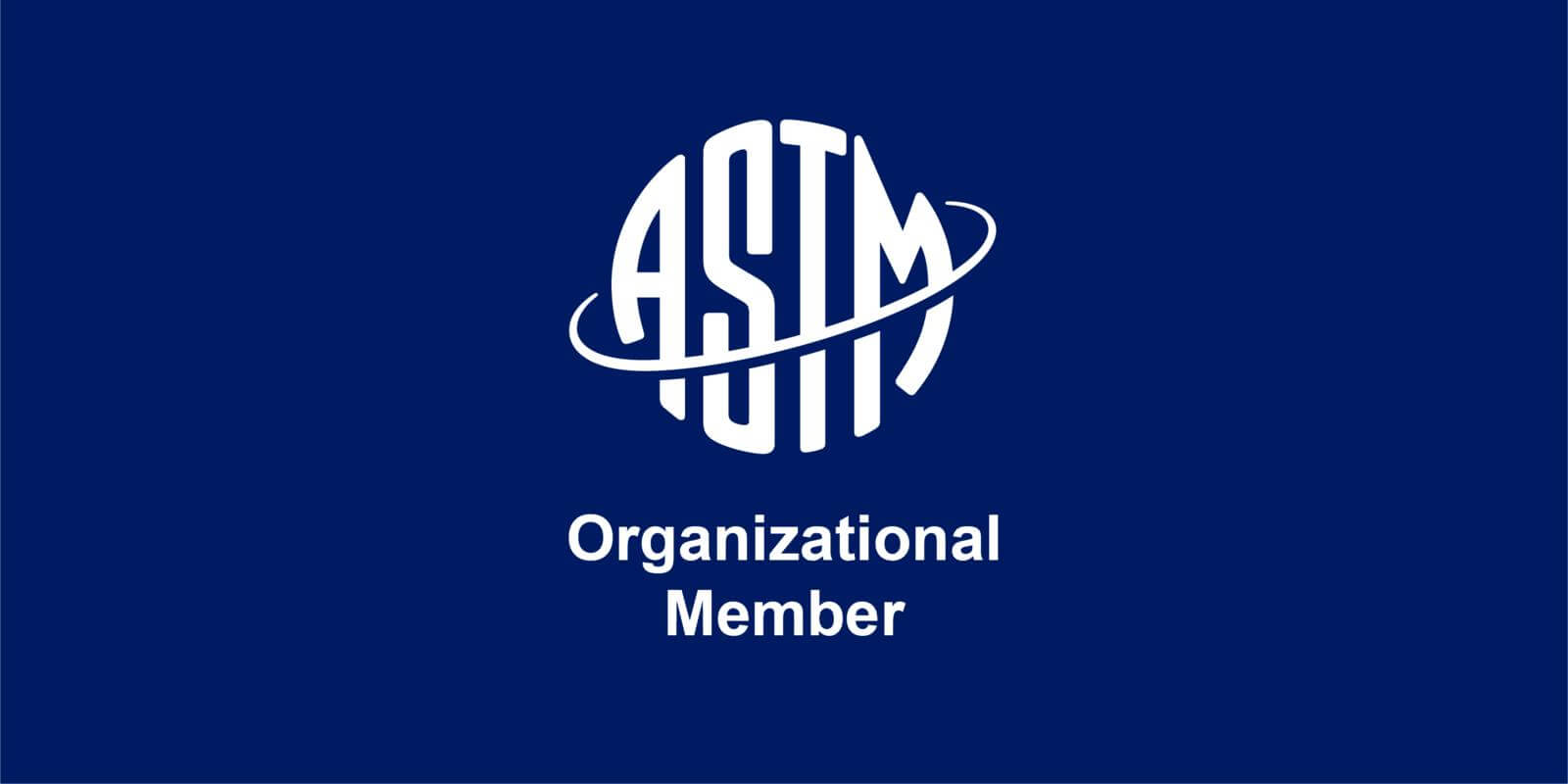



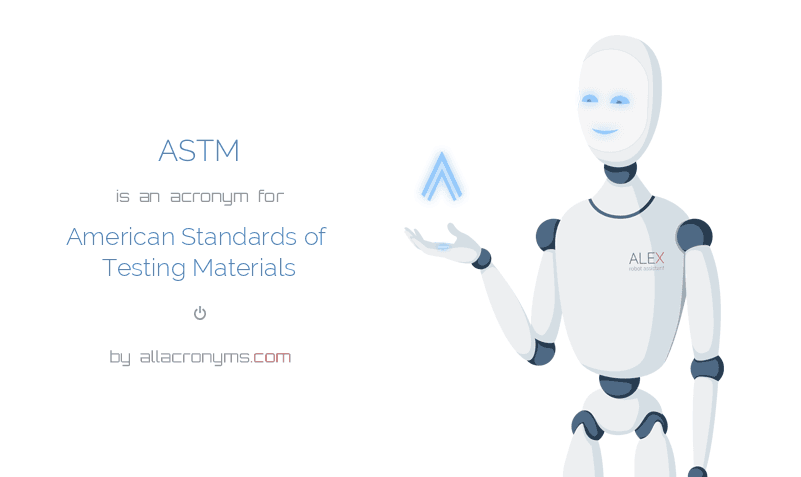








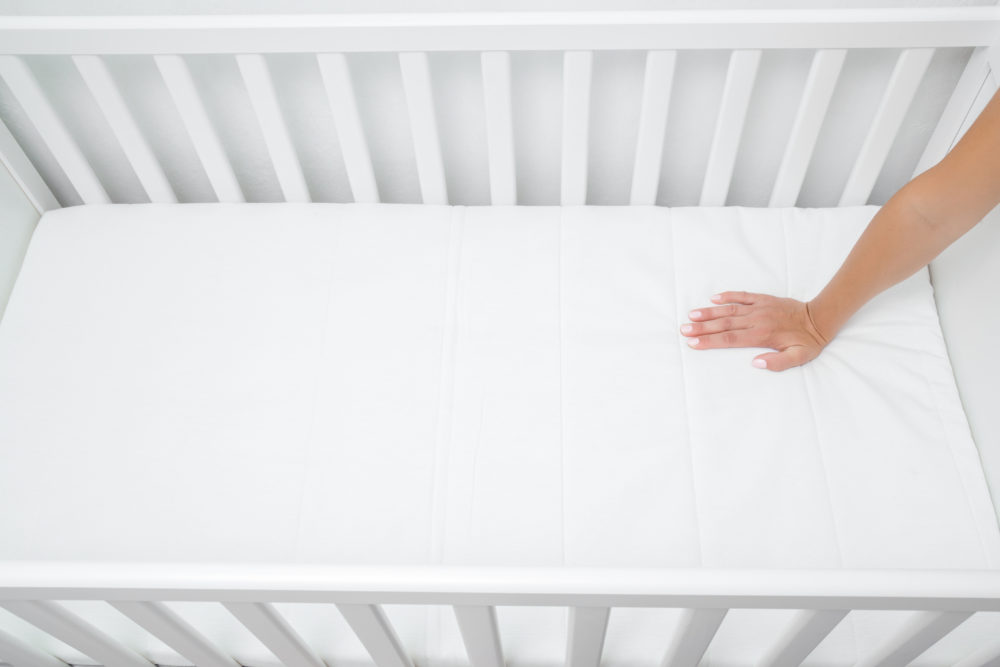



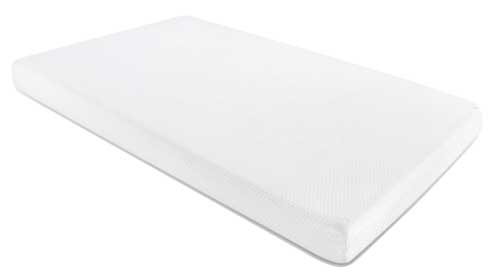











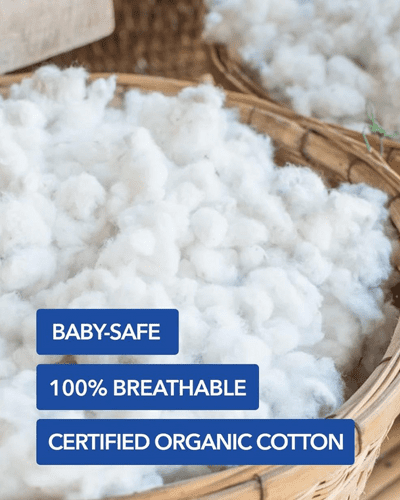



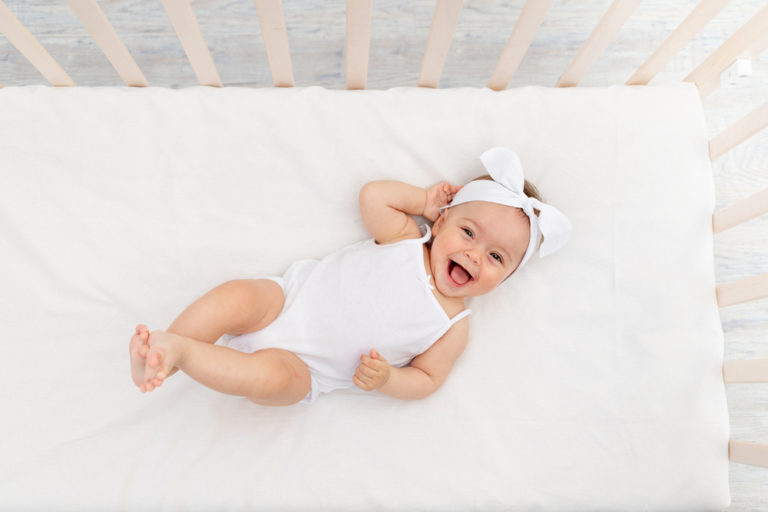
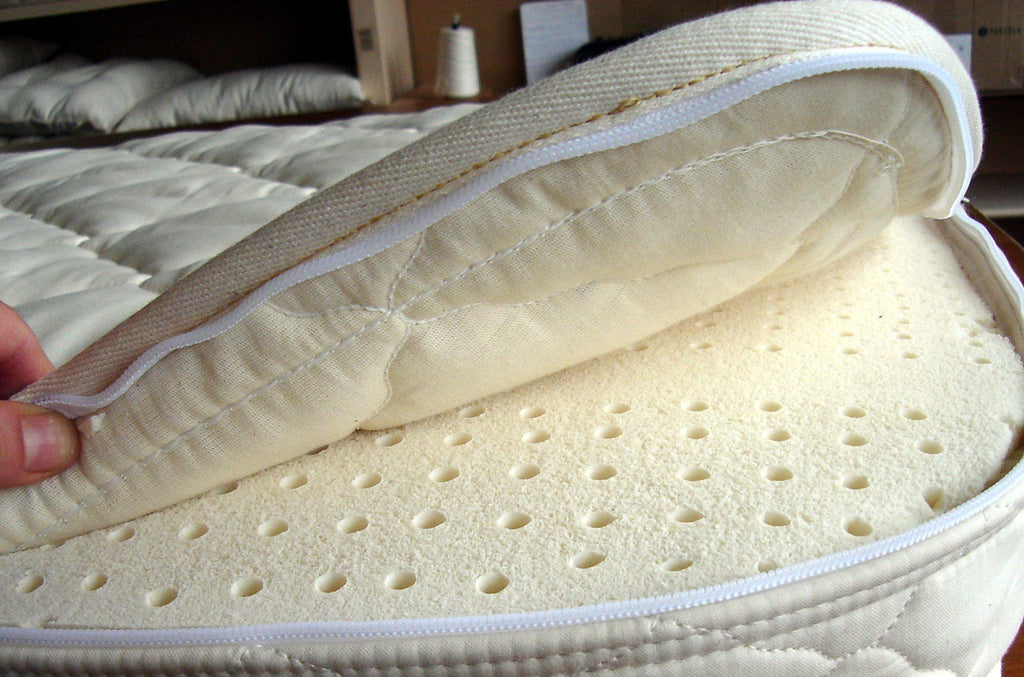
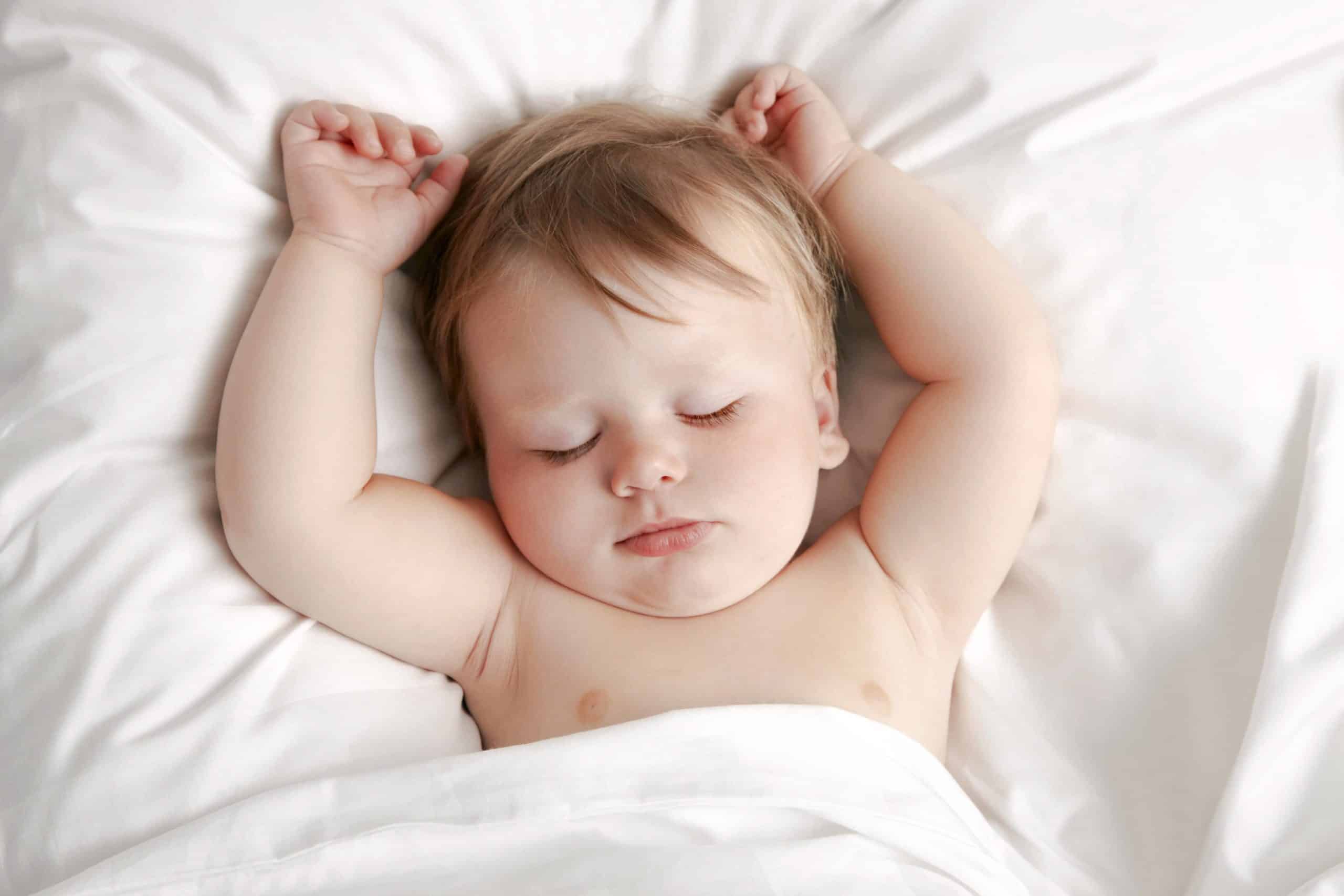
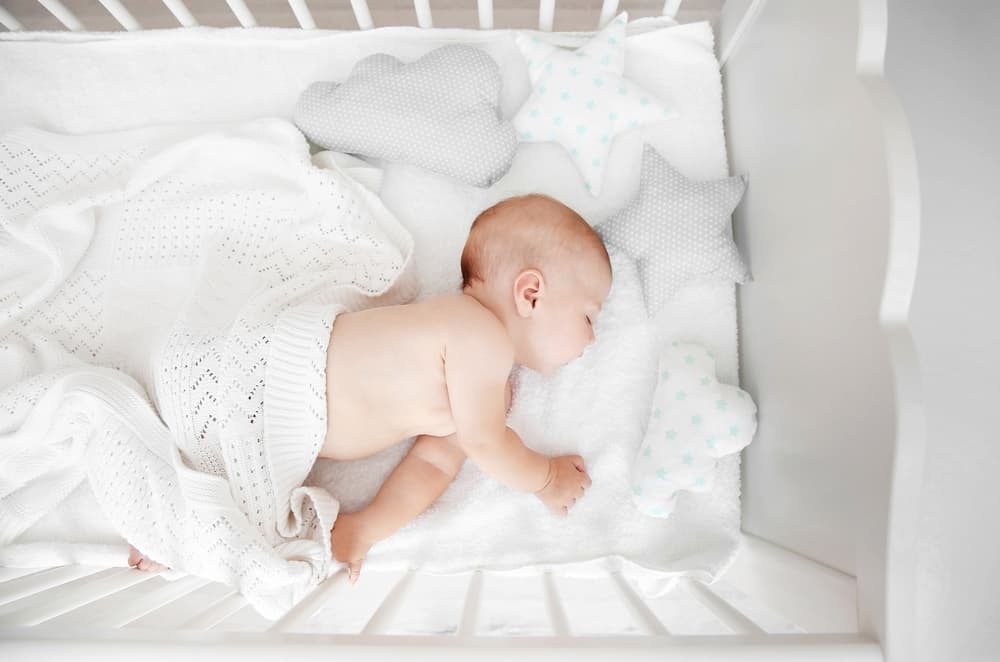
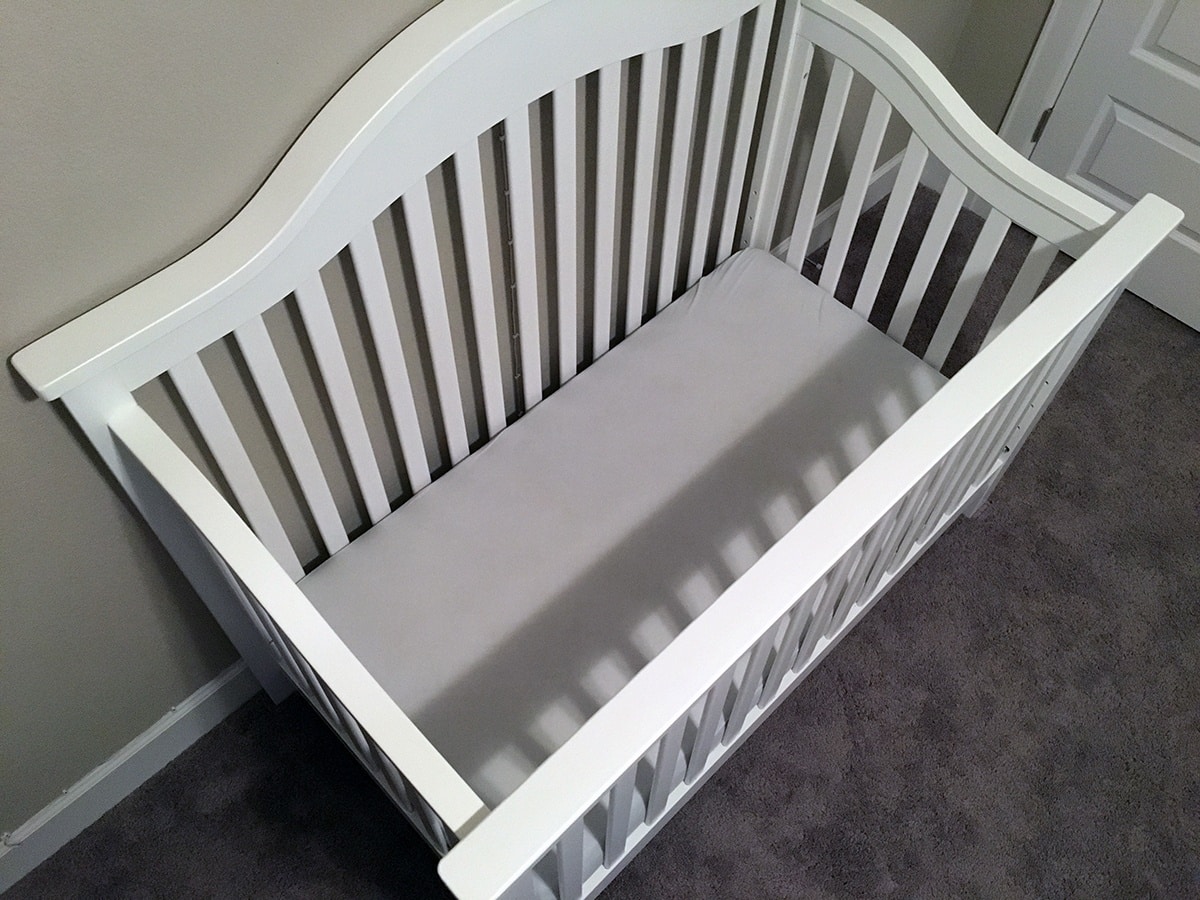


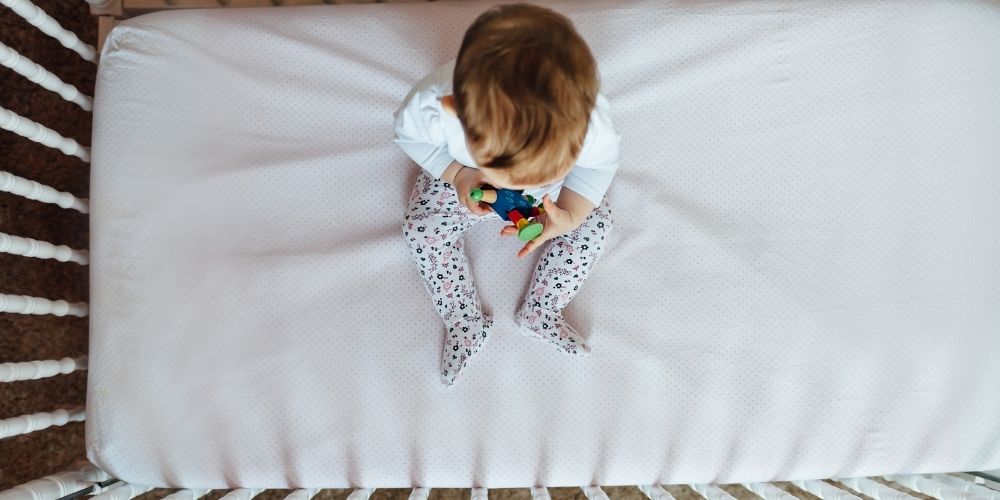




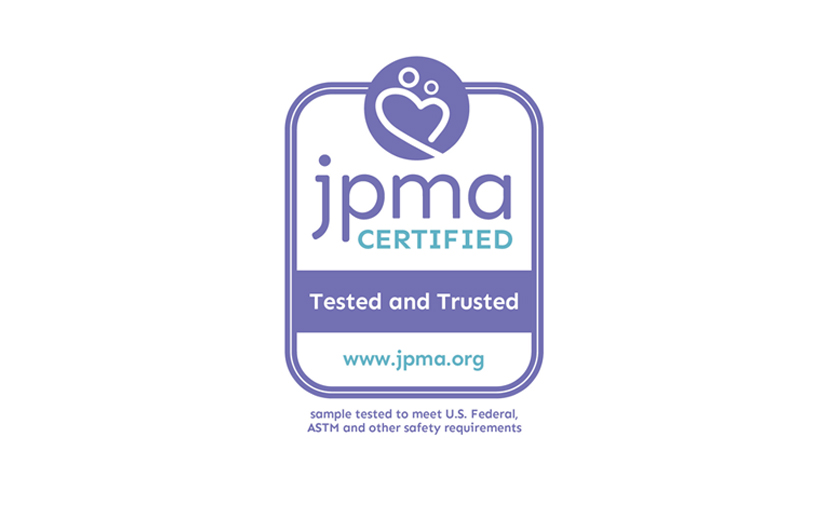
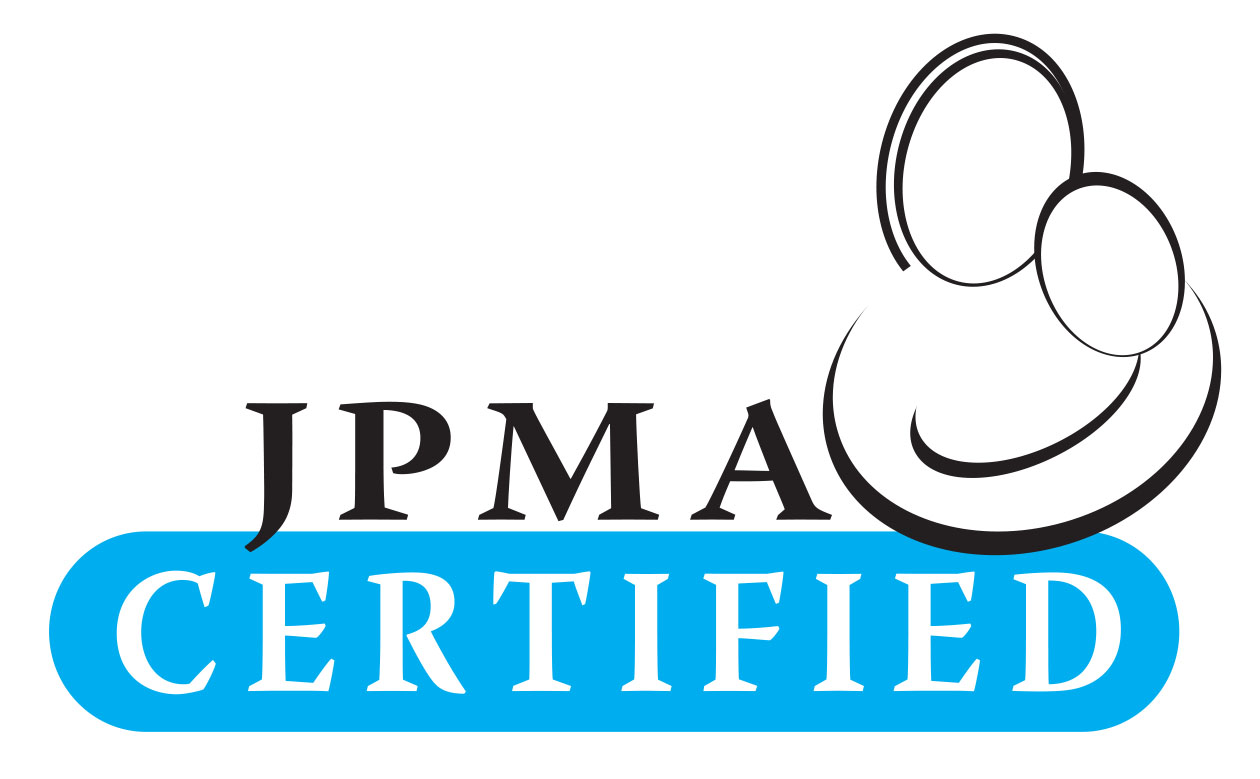






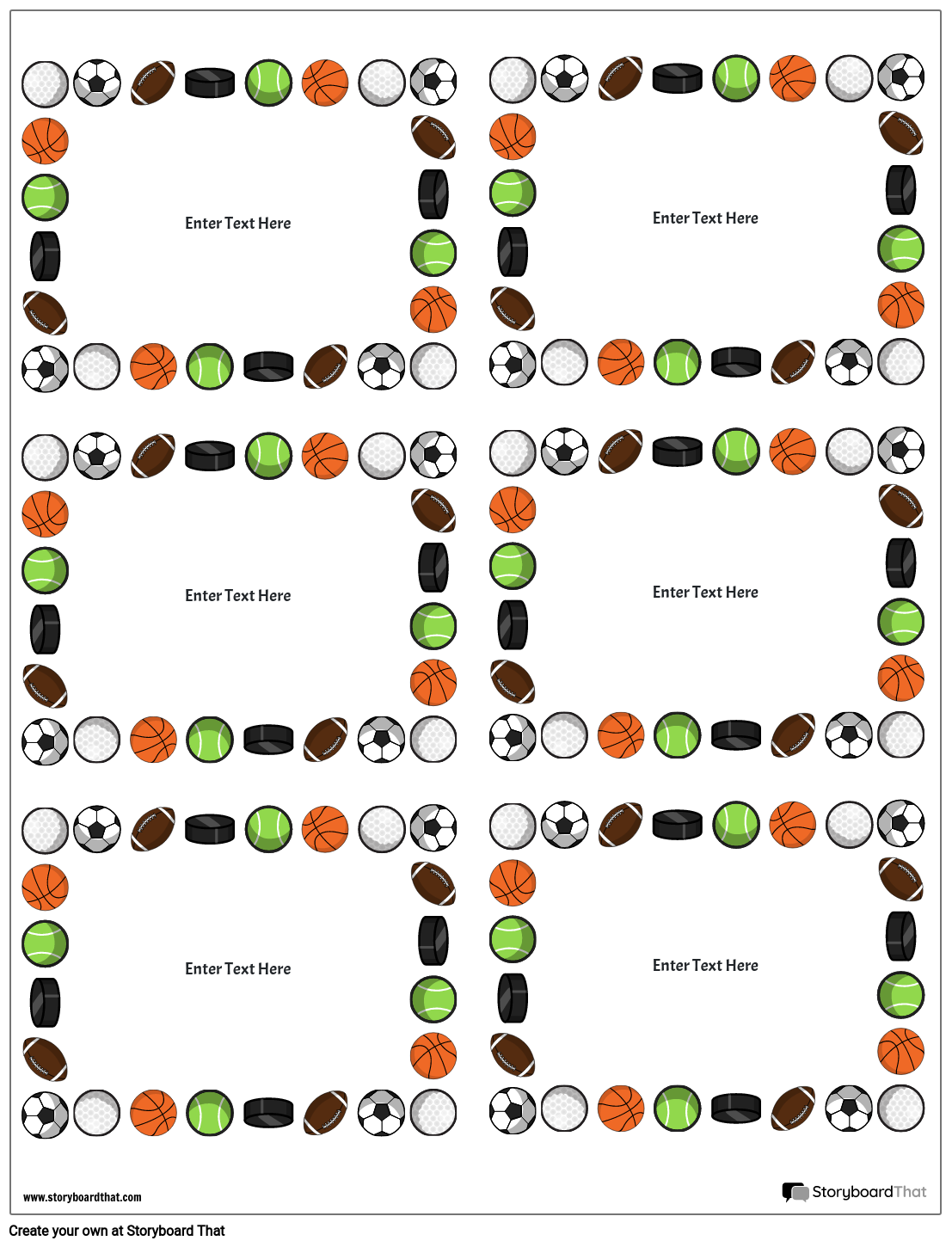
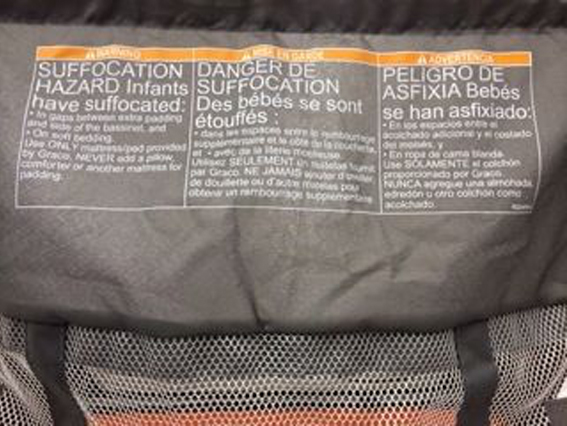



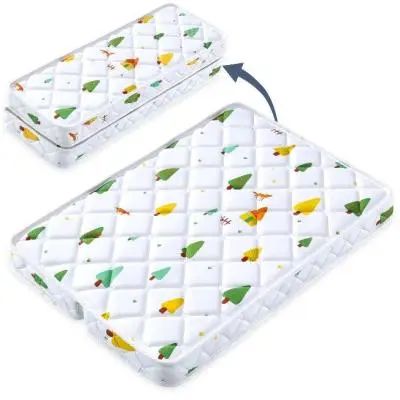

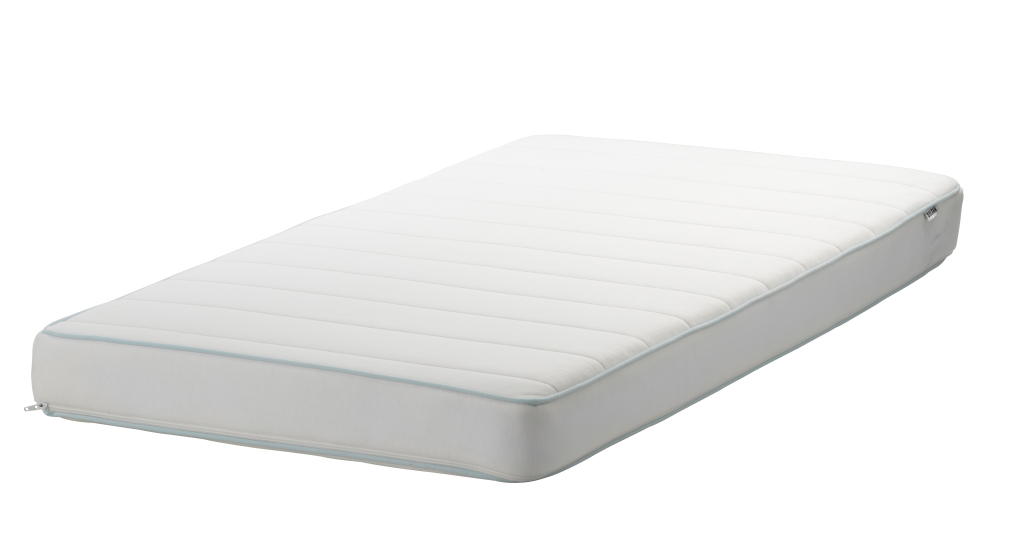



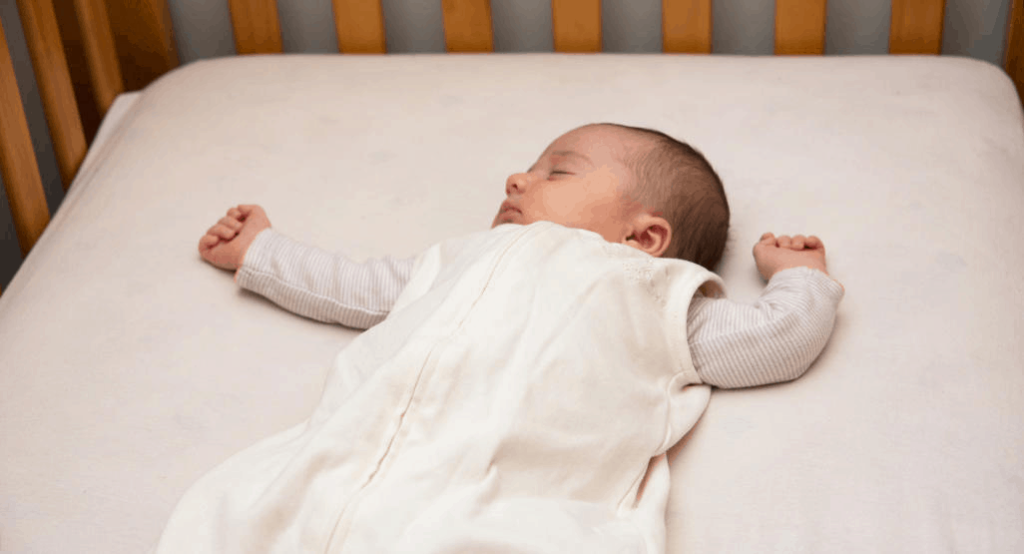




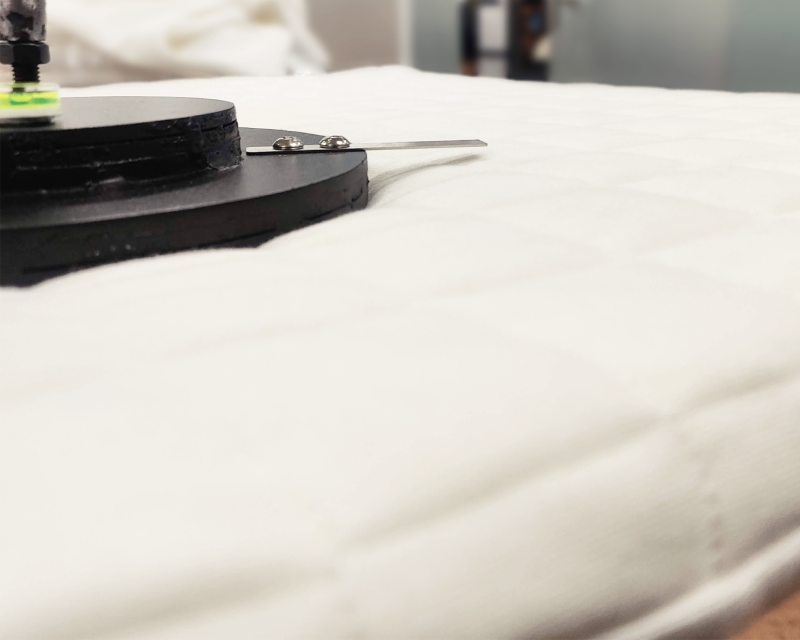




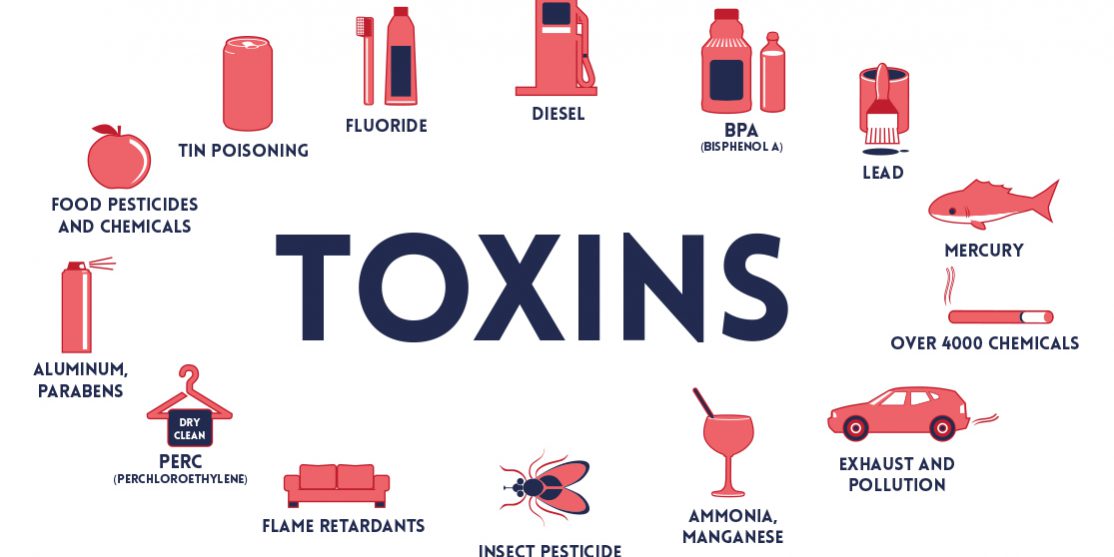
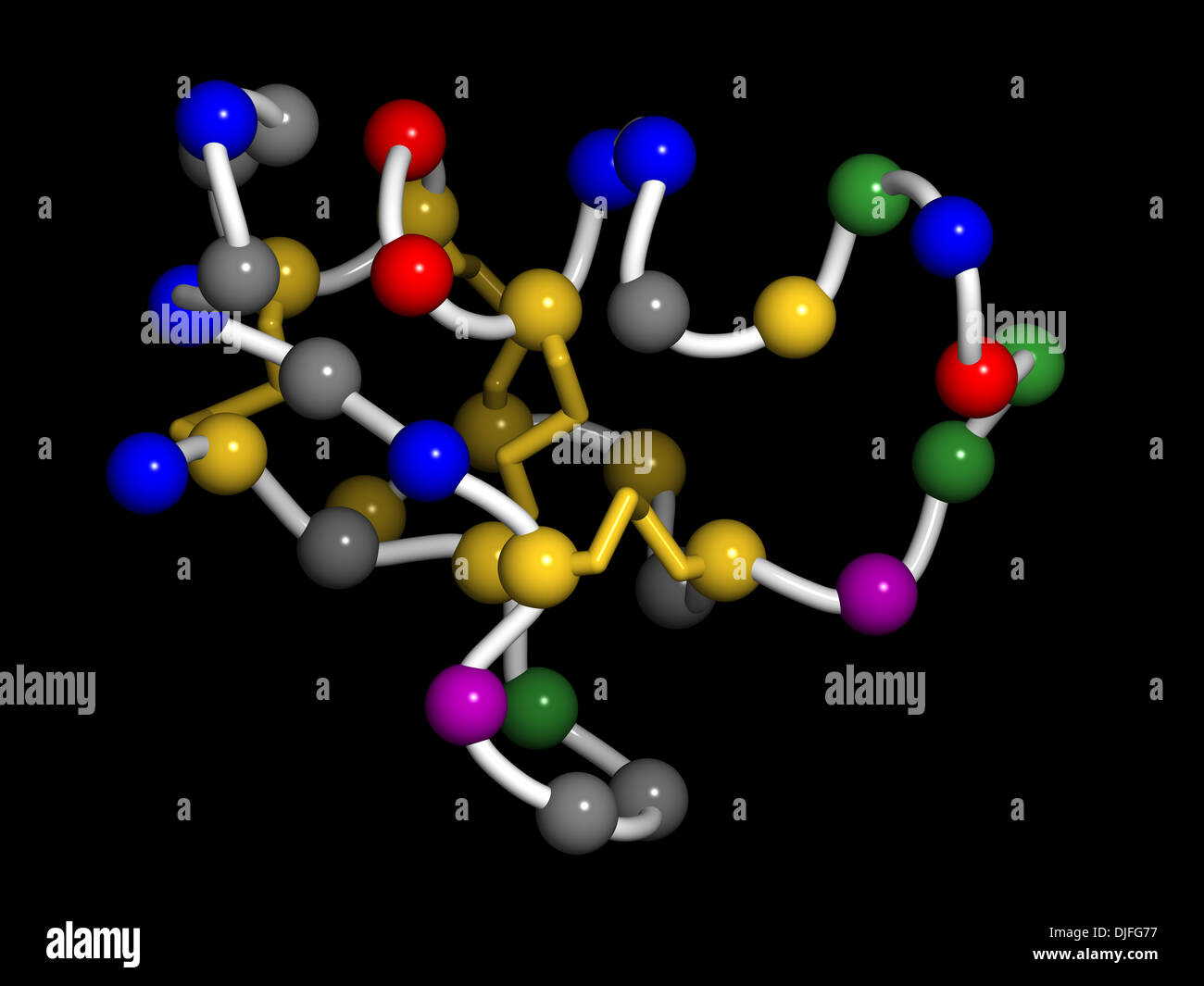








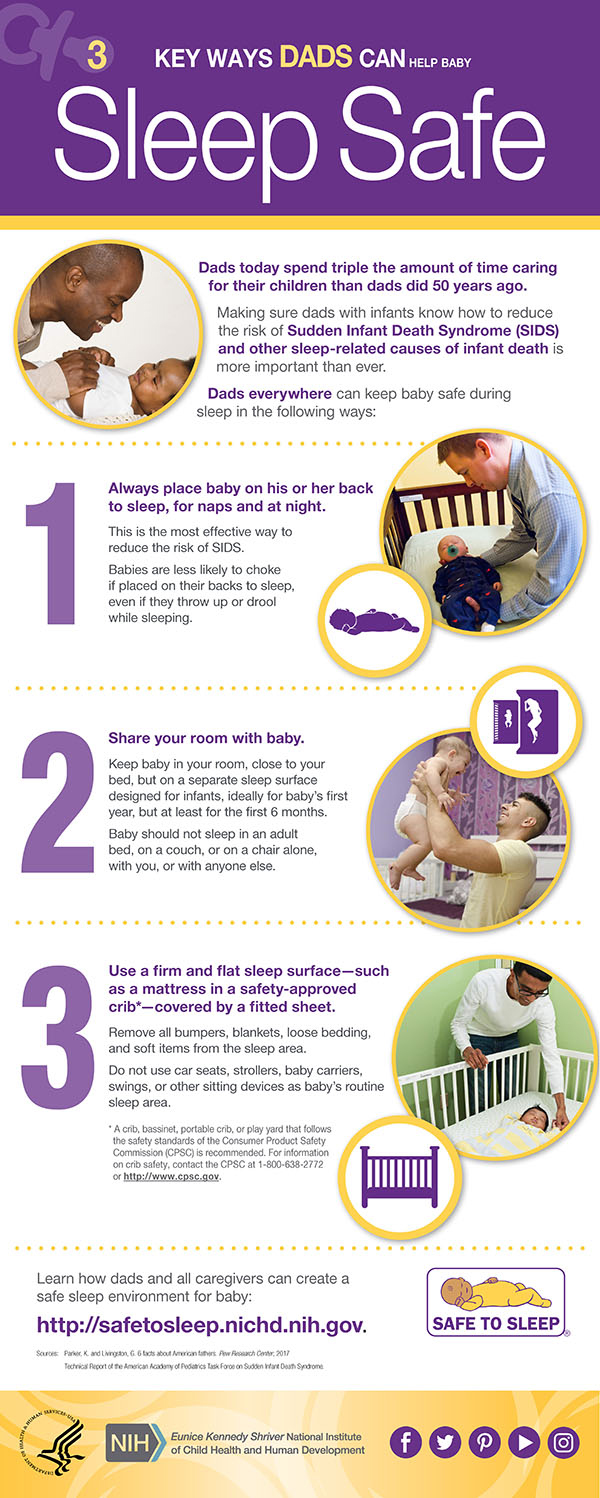
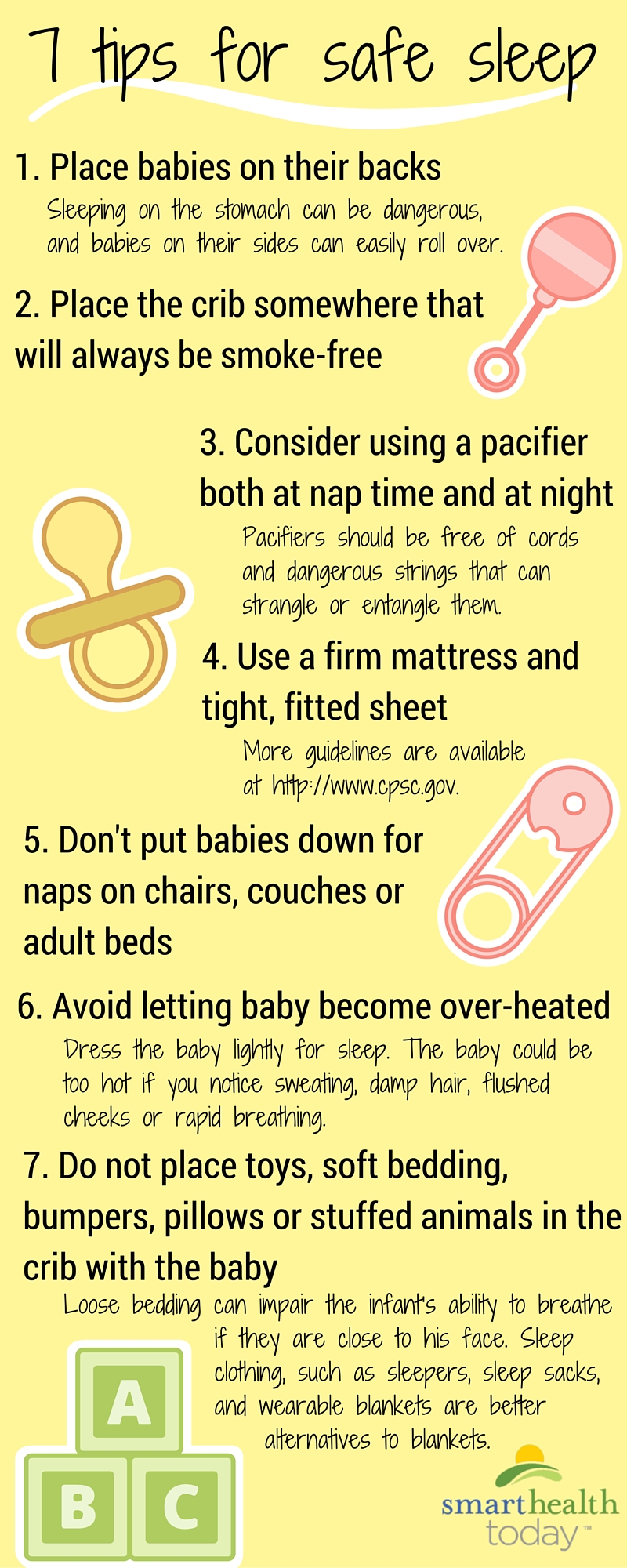
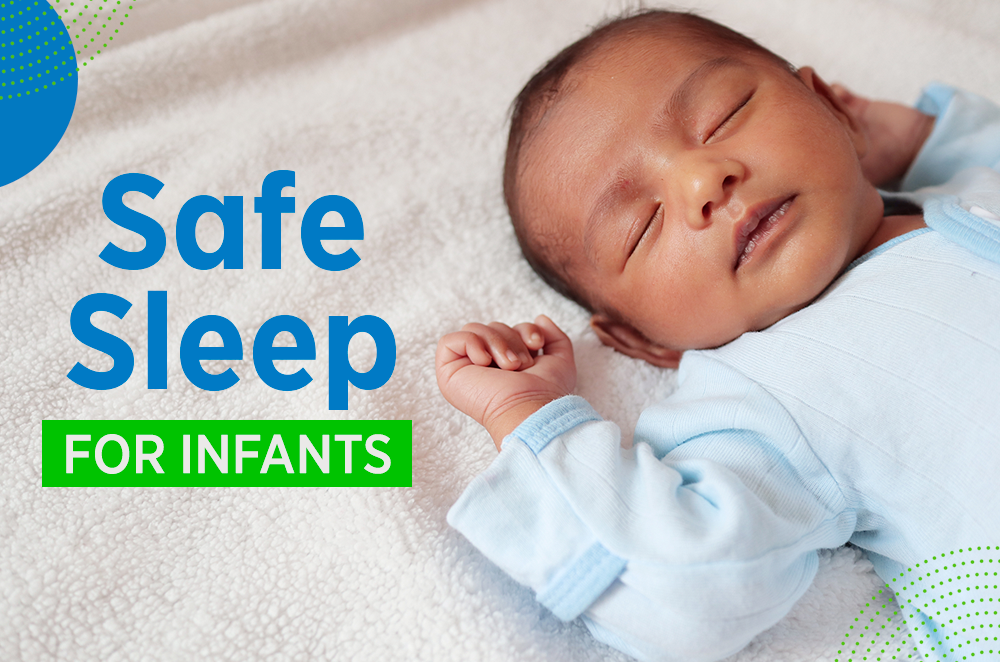

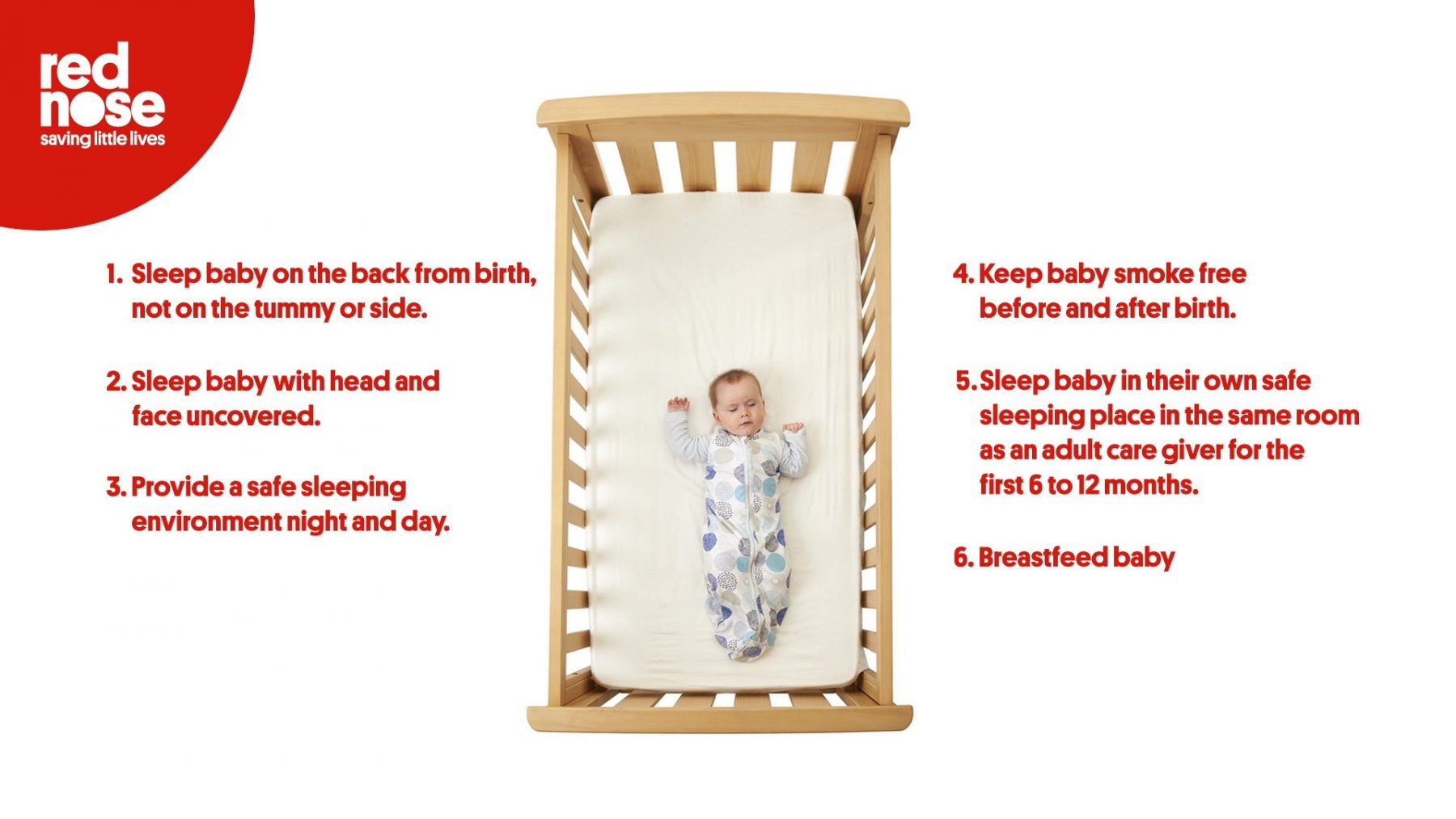


:max_bytes(150000):strip_icc()/GettyImages-82860866-5ad6606f303713003767e60b.jpg)
